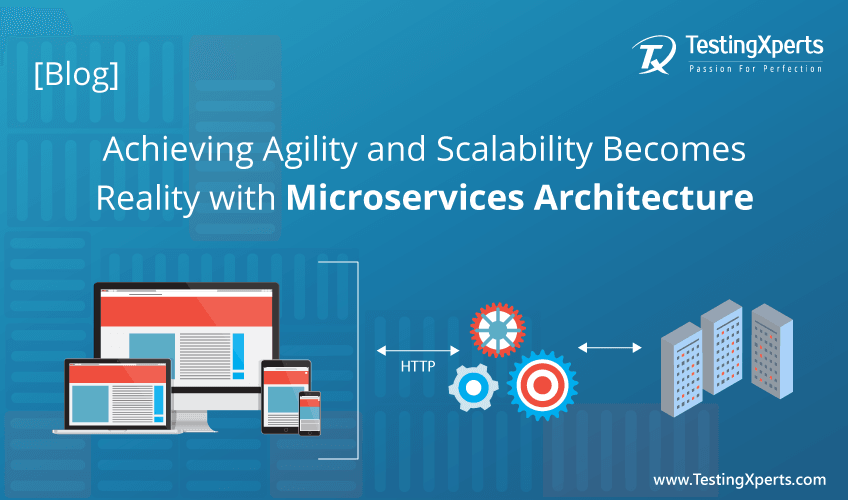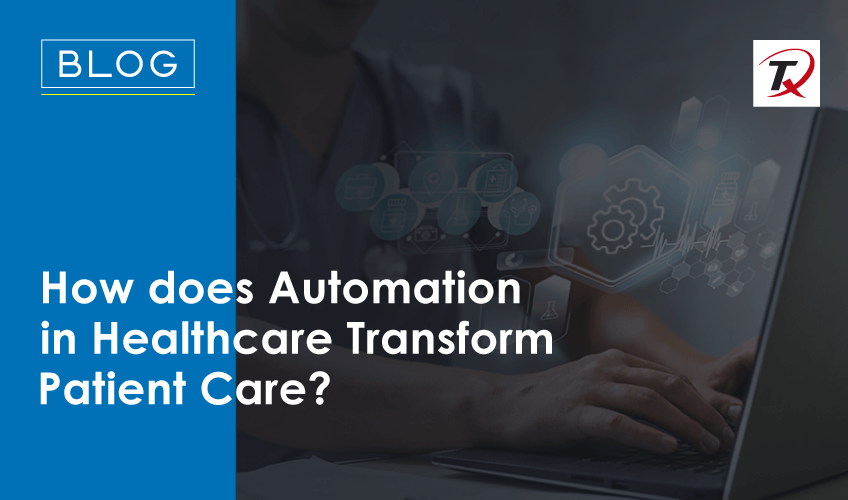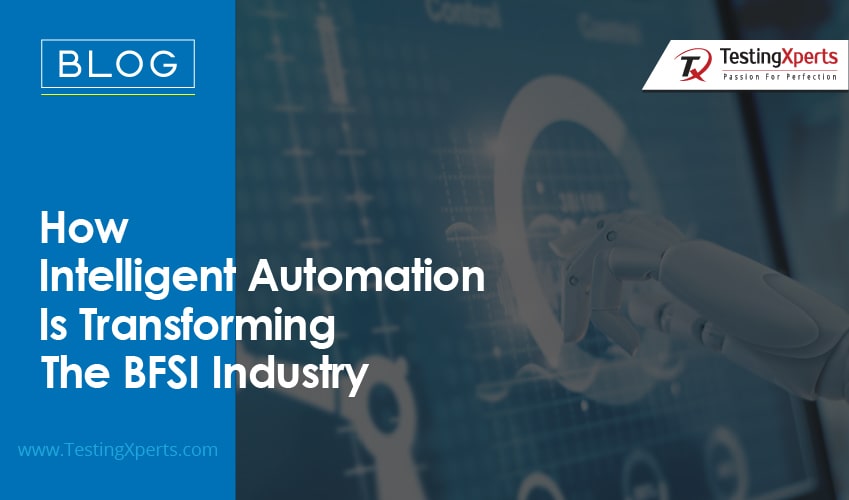
Every enterprise trying to succeed in the digital economy is seeking for two things: speed and scalability. If it’s important for a company to get to market faster, it’s equally important to be able to scale up appropriately to support increasing customer demand. But the key motto that should be followed here is speed and security at scale.
Contents
1. What are Microservices?
2. How can an enterprise benefit from microservices?
Agile and DevOps models support distributed and decentralized ownership of software assets and promote faster turnaround of changes and rapid deployment. However, to skillfully segregate complex, monolithic applications into independent units, a design strategy namely “Microservices” is essential.
What are Microservices?
Monolithic applications were once effective in the digital economy, but not anymore. Development teams across enterprises have been struggling hard to deal with large applications pertaining to deployment, development time, and scalability. With the extensive adoption of DevOps frameworks and agile methodologies, development teams felt the necessity to break down complex application silos into simpler code blocks, which enlightens microservices.
Microservices has successfully made its mark in the software architecture market. The Microservices architecture differs from the traditional monolithic architecture where the application was built as a single entity. However the monolithic architecture is rather sound, obstructions around it are building precisely when almost all applications are being deployed on the cloud platform. Microservices architecture constitutes an integrated skelton where rather than plugging the components together, the software is fragmented by breaking it down into services.
By fragmenting a big application into microservices, development teams become more active with updates and deployments. Whereas, it also removes dependencies to create complex and large builds, by eliminating the need for over-sophisticated architectures.
How can an enterprise benefit from microservices?
Every enterprise has different needs; there can be times when microservices would be a good solution and, times when a monolithic application would make more sense.
For enterprises on a digital transformation journey, with the need to be agile, implementing a microservices architecture has several advantages in the app economy.
1. Easier to scale: In the microservices architecture, only the components that need improved scalability are affected, than the entire app. This also provides substantial cost savings to the enterprise.
2. A Grander architecture for larger applications: In this architecture, components can be built or swapped at will without having an impact on the entire application. In this case, if something goes wrong, only that component is affected.
3. Agility is the key: Microservices architecture provides more agility and makes it easier to pivot segments of an application.
However, microservices based applications also have:
1. Trouble testing the entire API app but becomes far easier to test individual components.
2. Extra moving parts than a monolithic app, which becomes difficult to monitor.
3. Extra modern back-end infrastructure requirements to the growing codebase.
Testing Microservices
Evidently, the testing strategy that is applied to the traditional monolithic application needs to change with the shift to microservices. Considering that applications that are built in the microservices architecture offer high performance and functionality, testing has to cover each layer of the service. A microservices architecture comprises of small, focused services that create a whole application together. Each illustration of a microservices represents a distinct responsibility within the application. The actual advantage is these services are independent of each other, which makes them independently testable. However, due to the disseminated environment of microservices development, testing can often become a challenge. Some of the challenges are given below:
• Accessibility of a dedicated test environment since development is agile and not integrated.
• Recognizing the right amount of testing each time in the test lifecycle
• Complex extraction logs during testing and data validation
Today’s DevOps and Agile-focused enterprises are endeavouring for fast changes and quick deployments. Microservices architecture is a boon to all these companies. Organizations can facilitate smaller development teams with more objectivity and agility, resulting the business being more in tune with their changing demands. At TestingXperts, we ensure that effective testing is implemented by the right set of testing specialists. Our intelligent test automation framework Tx-Automate ensures accelerated testing to provide you with higher productivity and the desirable time to market.





